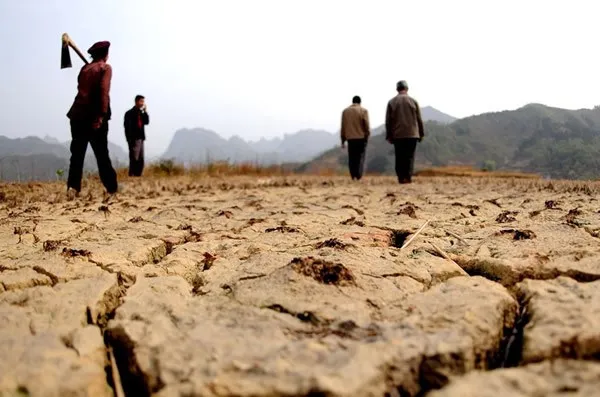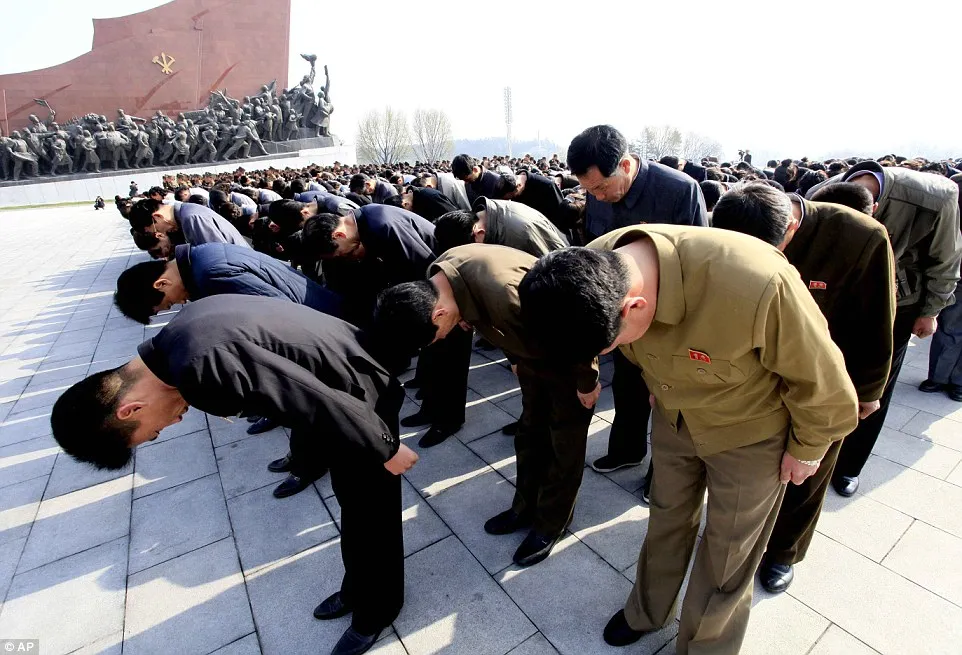
What are the Deliverables of the Project?
As previously mentioned, I will sort research into different levels of scale, and display site analysis that is sorted through scale as a sequence, in addition to a presentation on the monitor that will both acquaint reviewers with the two countries, where they came from, their histories, and what situations that can be applied to their maximized benefit in the near, and far future. Considerations for design will be displayed as both a building design, and on a larger scale as an urban master plan. The process will resemble a timeline, and will include everything necessary of displaying essentially a ‘buyable’ project, seeking to stray away from a more abstract conclusion:
- Construction Drawings
- Plans
- Sections
- Elevations
- Renders
- Speculative drawings/diagrams
- Building models and city models
- Graphs, tables, etc
I will also construct a syllabus for myself that rigorously divides the kind of work I will do, as time is the most important budget for presenting a ‘complete’ project for review by the end of the semester.
In addition, I will do a total of 8 models, where 4 of them will document the different milestones of the incubation growth of the building design and how it transitions from a building design to an urban planning project. The other 4 models will be precedent models of different border conditions that are around the world, such as Berlin, Syria, etc. In addition, I will do an overall site context model that will be CNCed at a larger scale.
What is the Purpose?
This project matters even more so than it did earlier in the semester because of the recent efforts to make peace between North and South Korea. With this narrative directly addressing a possible future, this project seeks to speculate the role of architecture and how much architecture can influence a peaceful reunification between the two countries. I believe that this project, or something similar, will be visited in the far future, when North Koreans will have to assimilate into modern day society, and drastically change their lifestyle once they are no longer the rule of dictatorship. What North Koreans considered normal is radically different than South Koreans, where the difference in lifestyle is minimal between South Korea and other modern countries in comparison to the North Korean and the rest of the world.
This proposal will most likely be read by many different parties, including the United States government, the North and South Korean government, or even the United Nations. I predict that this project will be very controversial and lead to nationwide coverage regarding ethics and morals, while providing exposure to the people around the world that are ignorant to the existing situation regarding North and South Korea.
These lessons that are taught in this proposal can be applied to other contexts around the world that deal with two radically different lifestyles and governments, and how they address the border, the connections within that border, and potentially assist a less fortunate side of the country through this connection. In the book Why Nations Fail, the author states that, “Economic institutions shape economic incentives to become educated, to save and invest, to innovate and adopt new technologies, and so on. It is the political process that determines what economic institutions people live under, and it is the political institutions that determine how his process works”.
This problem also addresses the moral issue of whether an outside power should interfere with an existing culture for the greater good on the people inside it. Normally, it would be more of a debate if the people existing in these spaces in happy within their own regulations, but even after understanding that it is ‘lifestyle’, North Koreans are generally very dissatisfied with their lives, as they struggle to satisfy their basic needs at sustaining their life, with no energy/power at night, constant famines and droughts, and strict regulations that lead to execution or imprisonment, while maintaining a devout worship for their leaders.
 |  |
|---|
My thesis will contribute to bringing further discussion to the role of the architect, and how much influence the architect has in furthering the agenda of the government around the world. I was also interested in exploring the proposal of new public policies regarding construction, and I constantly think about how much architects can bring to the table in bringing about progress and change to unfavorable conditions in certain categories related to the existing governmental policies such as affordable housing and more community-based buildings for the people.
Furthermore, the proposal of my thesis has reached this stage with the inclusion of blockchains and cryptocurrency, because it can serve a significant purpose of handling or facilitating the payment of the reunification costs of this project. As mentioned earlier, the cryptocurrency aspect of my project will root its core values into a realm of viability and reality. This increases the purpose of the project, where it seeks to continue as a publication for future investors, where the research will retain its purpose and lead to future development, both for the unification, and the public policy.
What is the Timeline/Process?
This project will foresee a formal agreement to reunification between both countries and estimate a transitional period of how the countries will unify physically, metaphorically, and culturally. The formal agreement can take as long as 5 to 10 years, with the transitional period taking as long as an additional 10 years, regarding the debt that these efforts will accompany the process. Gathering the funding for this reunification will take an extended amount of time, considering that the reunification is unpopular among the younger South Korean generation.
The work will be sorted through the first and second semester. As previously mentioned, the work process is divided through scale:
- The Person – The South Korean vs. The North Korean
- The Site – Immediate Context of Peace Village, History of the Village
- The City – Surrounding Districts and Cities
- The DMZ – History and Structure of the Demilitarized Zone
- The Sides – History and Compare/Contrast of North and South Korea, Considerations for the differences in the political, cultural, and economic.
- The Country – History of Unified Korea, and how they ended up splitting into North/South
- The World – Further Analysis on Impacts on the United States, Russia, China, and Japan.
1st half – site model, comparison diagrams between North/South Korean, speculative diagrams, precedent studies and development, (plans, sections, conceptual design/intent).
2nd half – city scale development, masterplan model, ‘campus’ design drawings, (plans, sections, elevations, renders, diagrams)
Apart from the ‘Person’, the sequence of research will scale down from the largest to the site. Starting from the ‘World’ and the ‘Person’, it will scale down until the site.
Readings would include finishing the books:
- Why Nations Fail: The Origins of Power, Prosperity, and Poverty, by Acemoğlu, D.
- The Search for a Unified Korea: Political and Economic Implications, by Eui-Gak Hwang
- North Korea, a Country Study, by Robert L. Worden
- The Future of North Korea, by Tsuneo Akaha
- North and South Korea: internal politics and external relations since 1988, by Kim Hak-joon
- The New Koreans: the story of a nation, by Michael Breen
Research – I am currently interning at a startup in Brooklyn, NYC, that deals with blockchains and monetizing the design process, called Sndbox, and the intern will be expected to maintain a personal blog where I will be required to publish weekly posts on research, general ideas and designs that I pursue alongside Sndbox. This will work very well for me in that I will be able to research my thesis alongside this internship.
Who am I and How did I get here?
I have always had a connection to South Korea as my heritage that I’ve always wanted to study, and my ambition of helping others through architecture, primarily through sustainability and affordable housing. At first, I was planning on utilizing radically sustainable materials and resources to build sub urban housing that connects the gap between the countryside and the urban cities of South Korea. Then I switched to focusing on addressing the potential of Korean unification. I felt that addressing this issue if significant because it is a current event that has drastically raised its possibility over the recent years. The site of this idea is right on the DMZ, or the demarcation line, which separates North and South Korea.
What’s great about this project is that a specific criterion is very visible. The problem lays in how this housing can facilitate or invigorate the reunification process between the Koreas. The criterion is simply how influential this project can be with facilitating this process. The research of this problem comes into many categories, such as addressing the lifestyle comparisons between North and South Korea, the potential outcomes and scenarios of successful Korean unification, and political issues surrounding this reunification.
This issue is particularly interesting because if you ask the question, “How will you know if it is ‘good’ or significant or new or helpful?”, there is no clear answer. One must speculate that trying to unify both Koreas can also be a bad thing instead of a good thing. Regardless, I feel that this is a very controversial issue to address, but also a very significant issue to testify. This is also referencing the potential outcomes of Korean reunification. Will Korea become too powerful of a country? Will there be civil unrest? Political opposition? Is a peaceful outcome always the right answer? Will Korean reunification be even peaceful? I must ask myself these questions to fight for this innovation to be justified in existence and prove its significance to the world.
When I took ethics, I stated that I would focus on sustainable and affordable housing as my primary goal in terms of my career. After careful contemplation on my ambitions, I’ve decided to pursue the proposal of new policies that surround the benefits of the less fortunate, who need access to their basic rights to shelter. Since that is too generalized of a problem, I’ve turned it into a significant scenario that also needs to be addressed. North Koreans would be the target people I would be working with, as they are not necessarily living without a shelter, but many are living in extreme poverty, thus assimilating into modern day society would be quite difficult if their financial situation is dire.
When I took the real estate course, I did a paper on the overabundance of apartment complexes that are plaguing the urban landscape of South Korea’s major cities. This was over-predicting the urban growth of South Korea’s economy, but there are no considerations for individual design, and thus the cookie-cutter appearance occurs, but conglomerates keep building new apartment complexes even though the older ones still exist. This paper was a contrast between the population decline of Korea, the age group being elderly, and how they live in the countryside, thus making more apartments than people to occupy them.
The future trajectory for this thesis would lead me to be more involved with the Korean government and assist in efforts to use architecture as a liaison to help bridge a connection between North and South Korea not just physically, but metaphorically. I am looking to work in both the field of architecture and public policy, and this research would acquaint me with South Korean culture and the governmental policies within the South Korean government.